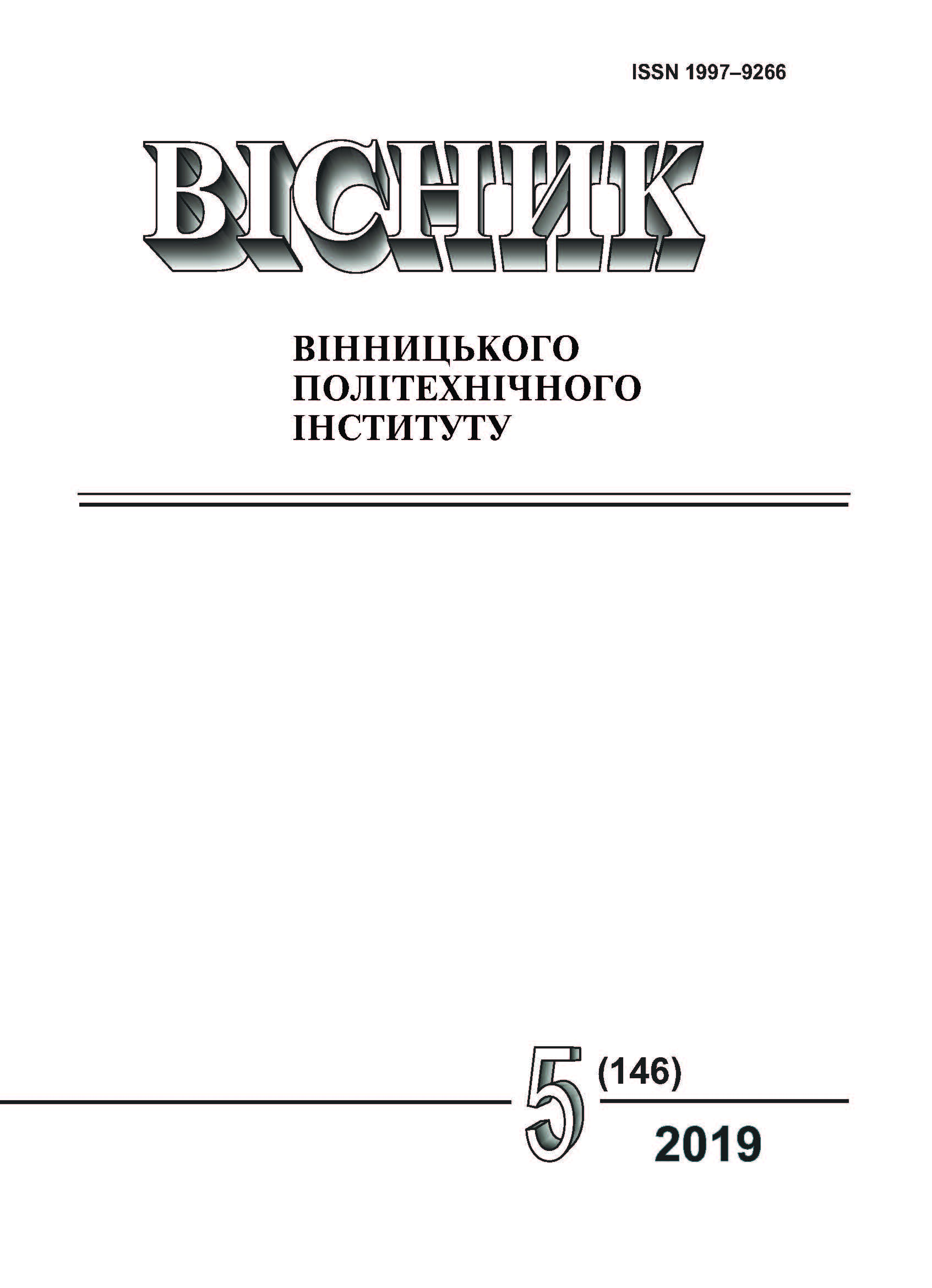Electric Spark Alloying of Structural Alloyed Steel 30HGSNA for Parts of Friction Units
DOI:
https://doi.org/10.31649/1997-9266-2019-146-5-81-84Keywords:
coatings, friction, wear, structureAbstract
The paper analyzes the causes of destruction of parts of friction units of aircraft, which are made of alloy steel 30ХГСНА. It has been established that the following processes develop on the working surfaces of these parts: abrasive wear, stuck, fretting corrosion and fatigue wear.
In laboratory conditions, studies were carried out on the wear resistance of samples made of 30ХГСНА steel, on the working surfaces of which were coated with electrospark alloying. In the research process, a complex technique was used (metallographic, X-ray diffraction and electron microscopy analyzes).
The wear resistance of electrospark coatings was determined on a 2070-СMT-1 universal computerized friction machine according to the disk-block scheme in the environment of MС-20 mineral aviation oil under conditions of boundary friction. Electrospark alloying of the samples was carried out in two stages with a change in the current strength, which made it possible to partially relieve internal stresses and reduce the roughness of the modified surface. A sample was used as a cathode, and electrodes made of sintered self-fluxing powders with titanium and chromium carbide were used as an anode. In the process of coating samples, the collision of electrons with the electrode surface leads to the release of thermal energy and, as a result, to a directed explosion of the anode portion that has received the electron momentum. During the explosion, all liquid and softened material is thrown into the interelectrode gap. A significant part of this material interacts with the surface of the cathode, forming a doped layer. The structure and physicomechanical properties of the resulting coating largely depend on the grain size of carbides. With decreasing grain size of carbides, the coating continuity increases. Due to the fact that in this case the transfer of eroded material in the liquid and vapor phases prevails, and in the presence of large grains, a part of the eroded material is transferred in the form of accumulations of grains. It was found that composite electrospark coatings based on self-fluxing mixtures with fillers of titanium carbide and chromium carbide significantly increase the wear resistance of structural alloy steel 30ХГСНА and are recommended for the implementation of the developed surface hardening technology in production.
References
В. Ф. Лабунець, «Тенденції створення захисних структур триботехнічного призначення,» Проблеми тертя та зношування, наук. техн. зб, вип. 45, с. 107-118, 2006.
К. А. Крылов, и М. Е. Хаймзон, Долговечность узлов трения самолетов. Москва: Транспорт, 1976, 184 с.
А. Ф. Аксенов, и В. Н. Лозовский, Износостойкость авиационных топливно-гидравлических агрегатов. Москва: Транспорт, 1986. 240 с.
В. Ф. Лабунец, и др., «Анализ причин потери работоспособности деталей трущихся узлов авиатехники и методов их восстановления,» Проблеми тертя та зношування, вип. 51, с. 86-96, 2009.
С. Р. Игнатович, В. И. Маленко, и В.Ф. Лабунец, «Идентификация поверхностной прочности деталей узлов трения летательных аппаратов,» Проблемы трибологии, № 1, с. 11-14, 2007.
О. І. Духота, М. В. Кіндрачук, та В. Ф. Лабунець, «Проблемні питання використання титанових сплавів у вузлах тертя авіаційної техніки,» Проблеми тертя та зношування, наук. техн. зб., вип. 49, т. 2, с. 14-26, 2008.
А. Д. Верхотуров, и И. М. Муха, Технология электроискрового легирования металлических поверхностей. Киев: Техніка, 1982, 181 с.
Downloads
-
PDF (Українська)
Downloads: 411
Published
How to Cite
Issue
Section
License
Authors who publish with this journal agree to the following terms:
- Authors retain copyright and grant the journal right of first publication.
- Authors are able to enter into separate, additional contractual arrangements for the non-exclusive distribution of the journal's published version of the work (e.g., post it to an institutional repository or publish it in a book), with an acknowledgment of its initial publication in this journal.
- Authors are permitted and encouraged to post their work online (e.g., in institutional repositories or on their website) prior to and during the submission process, as it can lead to productive exchanges, as well as earlier and greater citation of published work (See The Effect of Open Access).





